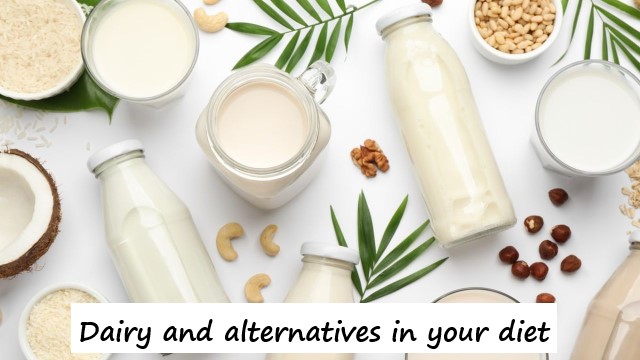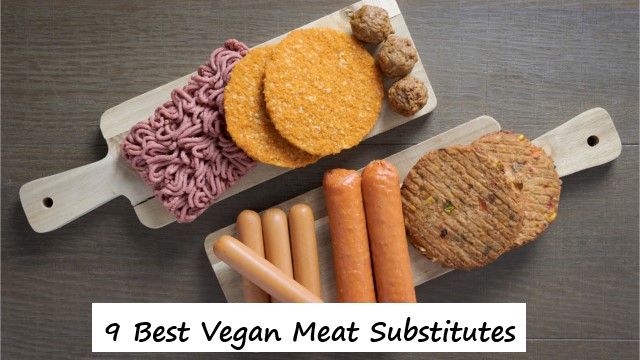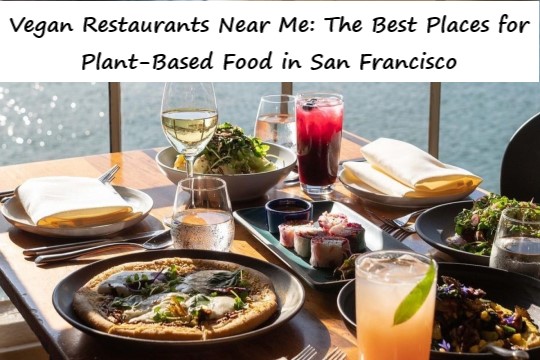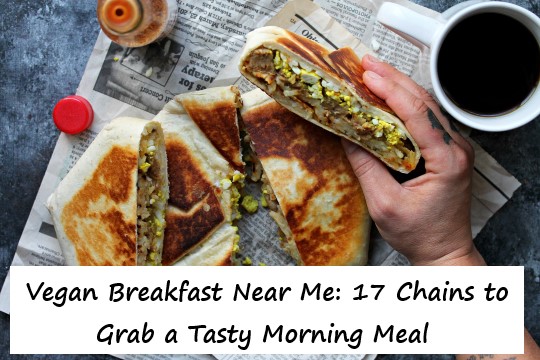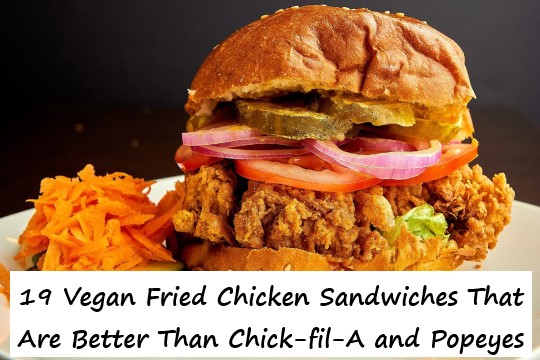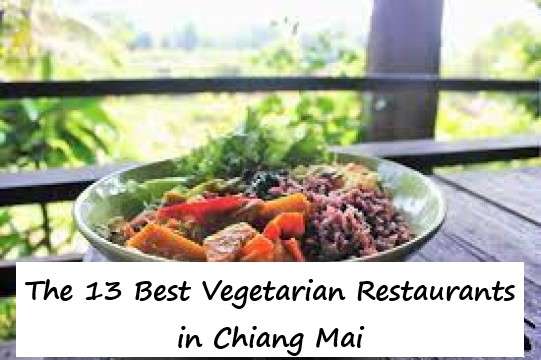Often, when we think about vegans and what they eat, we mostly talk about what they don’t eat. Many of us know what vegans avoid: no meat, no eggs, no dairy. But where do vegans get important nutrient sources, including proteins and iron? What meals do vegans eat throughout the day? In this website https://bombaysandwichco.com/‘s guide to what vegans eat, we’ll break it all down for you.
What is veganism?
Veganism is a choice to avoid causing any harm to animals, no matter how big or small. Some vegans pursue this goal by eating only vegan food, while others might wish to be vegan in every area of their life. For example, when picking out clothes, some vegans avoid materials like leather and wool and instead rely on cotton, linen, or alternative materials like faux leather. Some vegans cut out cosmetics and other household items which were tested on animals. Just as there are all kinds of omnivores in the world, there are also all kinds of vegans who approach veganism, vegan diets, and vegan choices in a way that works for them!
Though the choice to go vegan can be seen in terms of practical changes that you make to your diet and lifestyle, it can also align with people’s deeper philosophical values to reduce harm in the world. The actress Natalie Portman once said, “Three times a day, I remind myself that I do not want to cause pain to or kill other living beings. That’s why I eat the way that I do.” That’s the perfect encapsulation of how a practical daily choice adds up to an ethical lifestyle.
What is a vegan diet?
When we talk about what vegans eat, we are talking about a plant-based diet. Vegans don’t eat meat or dairy products like eggs and cheese. Instead, vegans eat either plants themselves (such as leafy greens like spinach and lettuce), products that plants produce (fruits, seeds, nuts, and legumes), or products that are derived from plants (such as olive oil and tofu).
There are also lots of staple products that just happen to be vegan, especially carbohydrates like white rice, white bread, french fries, and more, so you can keep many of your favorite foods on the menu! And in addition, more and more emerging products offer processed vegan alternatives, such as plant-based meat and ice cream.
What do vegans eat?
Don’t believe that veganism is a restricted diet—vegans eat lots of things! Fruits and vegetables, of course, make up a huge part of a vegan diet. So do legumes like peas, beans, and lentils, as well as nuts and seeds, which are great for providing alternative sources of protein.
Breads, rice, and pasta are usually vegan, meaning you don’t have to cut out your favorite carbohydrates to eat vegan! Vegetable oils, from olive to sunflower oil and more, are all part of a plant-based diet, making them easy for vegans to eat or cook with.
Vegans also often eat dairy alternatives. For example, instead of cow milk, a vegan might try soymilk, coconut milk, oat milk, or almond milk. There are also lots of products that offer vegan alternatives to foods like eggs, butter, chocolate, and even beer and wine!
What do vegans not eat?
Vegans do not eat any animals or any food that is derived from animals. This means that vegans do not eat beef, pork, lamb, and other red meat. They also don’t eat chicken, duck, and other poultry. And because fish are also living creatures, vegans don’t eat fish or shellfish such as crabs, clams, and mussels.
Other food which vegans avoid includes eggs, cheese, butter, milk, cream, ice cream, and other dairy products because these are all products derived from animals. Vegans also avoid items like mayonnaise (which is made of eggs) and honey (which is created by bees, often at a cost to bees’ health).
Many vegans also eat alternatives to dairy-based products, including ice cream made from alternative milks (like soymilk, coconut milk, or even cashew nuts), or replace non-vegan foods like honey with a vegan choice like maple syrup or blackstrap molasses. Tofu is a great vegan food that can mimic almost any animal-based food, from tofurkey to scrambled tofu!
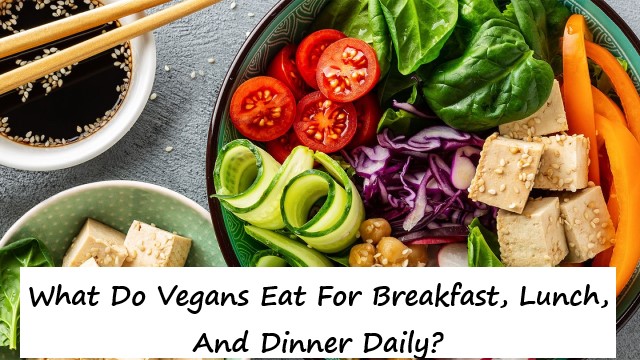
What do vegans eat for protein?
Some people worry that eating vegan means they’ll miss out on important protein, which our bodies need. But actually, there are many great vegan sources of protein! These include dark leafy greens, beans, lentils, nuts, and more. There are also lots of vegan-friendly protein supplements that you can find in your local grocery store, including protein bars and powders ideal for when you need a quick dose of energy or a pre-workout boost.
What do vegans eat for breakfast?
There are many delicious and healthy vegan breakfast options. Why not try chai porridge with caramelized apples? Or peanut butter and raspberry chia crepes? Vegans sometimes use “fake” bacon products for a classic breakfast BLT or eat scrambled tofu instead of scrambled eggs. And of course, there are plenty of quick and simple breakfast options, from vegan cereals with your choice of almond/cashew/coconut/soymilk to a piece of toast with peanut butter!
What do vegans eat for lunch?
Depending upon what you like for lunch, there are tons of vegan options. Prefer some carbs to pick you up during the day? Try a mushroom shawarma wrap or protein-packed chickpea salad sandwich! Fancy something lighter? There are tons of vegan salad options (we’re partial to this take on the classic caesar salad) or drink an invigorating smoothie.
What do vegans eat for dinner?
Just like breakfast and lunch, there are thousands of delicious vegan dinner options to suit your favorite food and cooking style. Consider a Thai red curry or a tasty veggie burger. Try an easy weeknight pasta or go big for a vegan cookout! Whether you’re looking for something you can whip up in fifteen minutes or want to create a feast to impress your friends, there are plenty of vegan dinner options.
FAQ: What do vegans eat?
Do vegans eat eggs?
No. Chickens lay eggs, often in horrifying and cruel circumstances, which means that vegans don’t eat eggs. Instead, they look for vegan egg substitutes, like bananas, applesauce, potato starch, and more.
Can vegans eat pizza?
Pizza is traditionally made with cheese, which vegans don’t eat, but vegan pizzas are becoming more and more popular. You can find vegan pizzas on the menu at many popular restaurants and chains, including Pizza Hut, or try whipping up your own!
Do vegans eat pasta?
Most packaged pasta—including spaghetti, penne, and more—is vegan. It’s worth checking the label to be sure, as some pasta contains eggs, but most of the pasta you see on the supermarket shelves is 100% vegan! There are also lots of delicious pasta sauces you can make which are completely vegan, including this tasty “cheesy” pasta sauce which actually contains no cheese at all.
Do vegans eat fish?
No. Fish are living creatures who feel both physical and psychological pain. The factory farming industry causes a huge amount of distress to fish, as well as an environmental toll on our planet. As such, vegans don’t eat fish.
Do vegans eat meat?
No. A vegan lifestyle means you don’t eat any meat. Vegans might choose not to eat meat for ethical, environmental, health, and budget reasons—or all of the above!
What do vegans eat at a BBQ?
Don’t panic—there’s lots of tasty vegan food to eat at a BBQ, from BBQ vegetables to Buffalo cauliflower bites. Vegans can grill vegetables, make pasta salads, cook veggie burgers, and more to enjoy traditional BBQs with a vegan twist. Take a look at our summer barbecue recipes for more inspiration.
What do vegans eat after a workout?
After a workout, you probably need a dose of protein to replenish your energy and keep you feeling good. Vegans are no different! Often vegans will eat something with lentils, chickpeas, or beans for a good dose of protein after a workout. A tofu and spinach scramble or a smoothie packed with your favorite fruits and vegetables would also be a great vegan way to boost your energy post-workout.
What do vegans eat at holidays?
Vegans enjoy the same holiday feasts as the rest of us, while also ensuring that their food hasn’t hurt any animals along the way. They might replace a central meat dish (like a roast chicken or turkey) with something made from tofu, a nut roast, or simply a bunch of delicious sides. More of your traditional holiday dinner is already vegan than you might realize, too—it’s easy to enjoy vegan roast vegetables, salads, sides, and more. And vegans often like to indulge their sweet tooth during the holidays, trying vegan chocolate, vegan ice cream, and more.
Ready to eat vegan?
Now that you know how easy—and delicious—a vegan diet is, why not give it a shot yourself? Dive into our plant-based starter pack to start enjoying all the great tastes (and great values) of vegan life today.
